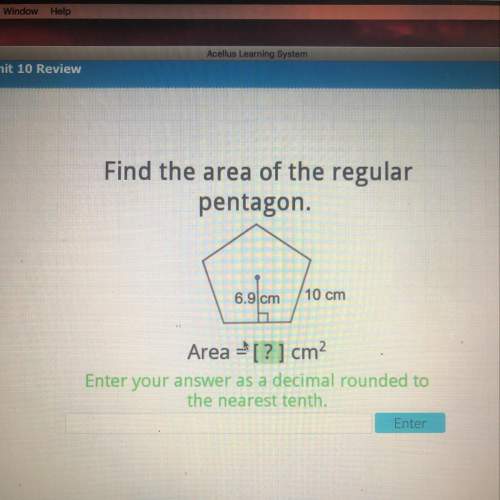
Mathematics, 03.12.2019 05:31 murrachl000
Is there a relationship between confidence intervals and two-tailed hypothesis tests? let c be the level of confidence used to construct a confidence interval from sample data. let α be the level of significance for a two-tailed hypothesis test. the following statement applies to hypothesis tests of the mean. for a two-tailed hypothesis test with level of significance α and null hypothesis h0: μ = k, we reject h0 whenever k falls outside the c = 1 − α confidence interval for μbased on the sample data. when k falls within the c = 1 − α confidence interval, we do not reject h0.(a corresponding relationship between confidence intervals and two-tailed hypothesis tests also is valid for other parameters, such as p, μ1 − μ2, or p1 − p2, which we will study later.) whenever he value of k given in the null hypothesis falls outside the c = 1 − α confidence interval for the parameter, we reject h0. for example, consider a two-tailed hypothesis test with α = 0.01 andh0: μ = 20 h1: μ ≠ 20a random sample of size 31 has a sample mean x = 23 from a population with standard deviation σ = 5.(a) what is the value of c = 1 − α? construct a 1 − α confidence interval for μ from the sample data. (round your answers to two decimal places.)ower limit upper limit what is the value of μ given in the null hypothesis (i. e., what is k)? k = is this value in the confidence interval? yesno do we reject or fail to reject h0 based on this information? we fail to reject the null hypothesis since μ = 20 is not contained in this interval. we fail to reject the null hypothesis since μ = 20 is contained in this interval. we reject the null hypothesis since μ = 20 is not contained in this interval. we reject the null hypothesis since μ = 20 is contained in this interval.(b) using methods of this chapter, find the p-value for the hypothesis test. (round your answer to four decimal places.)do we reject or fail to reject h0? we reject the null hypothesis since there is sufficient evidence that μ differs from 20.we fail to reject the null hypothesis since there is sufficient evidence that μ differs from 20. we fail to reject the null hypothesis since there is insufficient evidence that μ differs from 20.we reject the null hypothesis since there is insufficient evidence that μ differs from 20.compare your result to that of part (a).we rejected the null hypothesis in part (b) but failed to reject the null hypothesis in part (a).these results are the same. we rejected the null hypothesis in part (a) but failed to reject the null hypothesis in part (b).

Answers: 3
Another question on Mathematics


Mathematics, 21.06.2019 17:30
Add the fractions, and simply the result to lowest terms. 2/3 + 2/7= ?
Answers: 2

Mathematics, 21.06.2019 18:00
The constant of proportionality is always the where k is the constant of proportionality. additionally, you can find the constant of proportionality by finding the ratio for any point onasap
Answers: 1

You know the right answer?
Is there a relationship between confidence intervals and two-tailed hypothesis tests? let c be the...
Questions

Computers and Technology, 12.05.2020 05:57

History, 12.05.2020 05:57


English, 12.05.2020 05:57



Mathematics, 12.05.2020 05:57

History, 12.05.2020 05:57



Mathematics, 12.05.2020 05:57

Law, 12.05.2020 05:57

Biology, 12.05.2020 05:57

Geography, 12.05.2020 05:57

Chemistry, 12.05.2020 05:57


Mathematics, 12.05.2020 05:57


History, 12.05.2020 05:57




